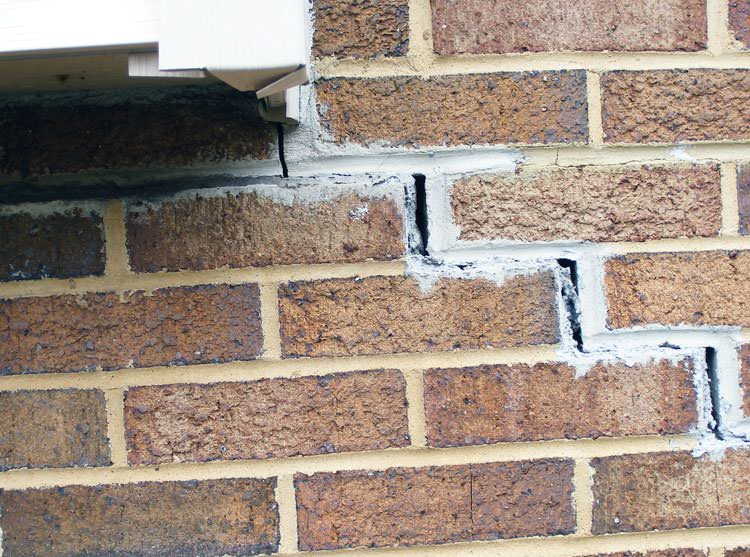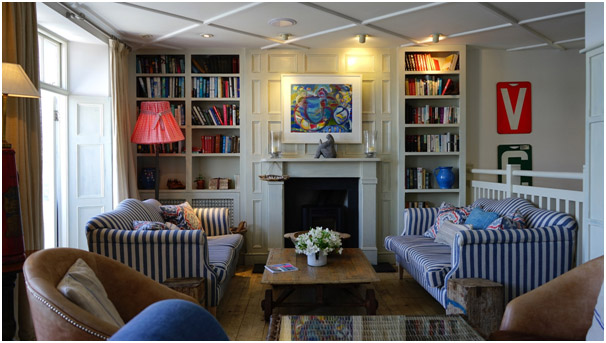The most powerful Republicans in Washington stood firmly behind President Donald Trump and his unsupported claims of voter fraud on Thursday, but new cracks emerged among GOP leaders elsewhere who believe it's time to treat Democrat Joe Biden like the president-elect he is. New Hampshire Gov. Chris Sununu, who endorsed Trump's reelection, became the latest Republican official to say what Trump. Ben White is a journalist and analyst, who has been visiting and writing about Palestine for over a decade. His books include Israeli Apartheid: A Beginner's Guide (Pluto, 2014), and Cracks in the Wall: Beyond Apartheid in Palestine/Israel (Pluto, 2018).

Beyond The Wall Rock Shorts
Got a gouge in that gypsum board? Fix it the right way with these tips!
Photo: istockphoto.com
Drywall is tough, but it's not indestructible. Over time, gypsum-board walls can sustain ugly cracks or holes. Fortunately, drywall is fairly easy to repair, but there is an art to it. Here's what to do—and what to avoid—when fixing drywall damage so it's indiscernible to landlords, homebuyers, or visitors.
Photo: istockphoto.com
DO use the right stuff.
When repairing minor scratches or dents smaller than ½ inch across, fill them with a thin layer of joint compound (also known as drywall mud). Apply using a 3- to 4-inch putty knife made for drywall work—rather than, say, the kind of narrow utility knife you'd use for wood putty—smoothing the filler till it's flush with the wall. Cracks or holes larger than ½ inch require reinforcing mesh prior to spackling. If you apply joint compound directly to large gouges, the damage will reappear as the house settles and the joint compound dries and crumbles.
Beyond The Wall Character Sheet
DON'T waste time.
Best torrent app for mac. Avail yourself of pre-made products designed to simplify repair tasks. Patch kits with reinforced center panels and self-adhesive tape work great for smaller holes. A drywall compound and primer combo (such as 3M Patch Plus Primer, available on Amazon) leaves a surface that's ready to paint.
DO remember neatness counts.

Use a box cutter or other sharp blade to cut random strands of mesh tape or frayed edges of wallboard paper around holes or cracks before applying joint compound. Otherwise your finished work will show bumps and other blemishes.
DON'T cut the cords.
Be safe and don't cut into a wall to repair a hole until you verify that electrical cords and plumbing lines aren't running through the cabinet behind it. If the hole is just a few inches wide, shine a flashlight into it to see what's there. If you must enlarge the hole, carefully cut horizontally with a drywall saw—but avoid going deeper than an inch. It's safe to assume that hot wires will be present near an electrical outlet, but don't bet your life—or life savings—that homebuilders or renovators followed all electrical and plumbing codes. Wires and pipes are often found where they don't belong.
DO keep it light.
Less is generally more when it comes to joint compound. A thin coat is easier to sand, and you'll be less likely to remove too much while sanding and expose the patch. Also, for joint compound to appear flush with the wall near the damage site, 'feather' the mud as you apply it. Hold the knife at a 70-degree angle, pressing harder on the outer edges of the mud as you move away from the center.

DON'T skimp on sanding.

Beyond The Wall Rock Shorts
Got a gouge in that gypsum board? Fix it the right way with these tips!
Photo: istockphoto.com
Drywall is tough, but it's not indestructible. Over time, gypsum-board walls can sustain ugly cracks or holes. Fortunately, drywall is fairly easy to repair, but there is an art to it. Here's what to do—and what to avoid—when fixing drywall damage so it's indiscernible to landlords, homebuyers, or visitors.
Photo: istockphoto.com
DO use the right stuff.
When repairing minor scratches or dents smaller than ½ inch across, fill them with a thin layer of joint compound (also known as drywall mud). Apply using a 3- to 4-inch putty knife made for drywall work—rather than, say, the kind of narrow utility knife you'd use for wood putty—smoothing the filler till it's flush with the wall. Cracks or holes larger than ½ inch require reinforcing mesh prior to spackling. If you apply joint compound directly to large gouges, the damage will reappear as the house settles and the joint compound dries and crumbles.
Beyond The Wall Character Sheet
DON'T waste time.
Best torrent app for mac. Avail yourself of pre-made products designed to simplify repair tasks. Patch kits with reinforced center panels and self-adhesive tape work great for smaller holes. A drywall compound and primer combo (such as 3M Patch Plus Primer, available on Amazon) leaves a surface that's ready to paint.
DO remember neatness counts.
Use a box cutter or other sharp blade to cut random strands of mesh tape or frayed edges of wallboard paper around holes or cracks before applying joint compound. Otherwise your finished work will show bumps and other blemishes.
DON'T cut the cords.
Be safe and don't cut into a wall to repair a hole until you verify that electrical cords and plumbing lines aren't running through the cabinet behind it. If the hole is just a few inches wide, shine a flashlight into it to see what's there. If you must enlarge the hole, carefully cut horizontally with a drywall saw—but avoid going deeper than an inch. It's safe to assume that hot wires will be present near an electrical outlet, but don't bet your life—or life savings—that homebuilders or renovators followed all electrical and plumbing codes. Wires and pipes are often found where they don't belong.
DO keep it light.
Less is generally more when it comes to joint compound. A thin coat is easier to sand, and you'll be less likely to remove too much while sanding and expose the patch. Also, for joint compound to appear flush with the wall near the damage site, 'feather' the mud as you apply it. Hold the knife at a 70-degree angle, pressing harder on the outer edges of the mud as you move away from the center.
DON'T skimp on sanding.
If you cut corners on sanding, the repair site will be noticeable, so take your time. Once the repaired area is dry, use a fine-grit (100 or 120) sandpaper. After the first round of sanding, add a second layer of mud, spreading it about 2 inches beyond the boundaries of the first layer. Once dry, re-sand.
DO use protection.
The fine particulate of drywall compound could injure your lungs if inhaled. So always wear a dust mask when sanding drywall compound. Disposable gloves are also a good idea to protect your hands from the dehydrating effects of gypsum dust.
DON'T forget to inspect.
Think you're done? Not so fast! Run your hands over the repair to ensure that it feels smooth. Then, with your temple against the wall, look for humps that might need more sanding.
Photo: istockphoto.com
Once you're satisfied with the look and feel of your patch job, prime and paint the area. No one will ever know your secret!
